Top speed 370 km/h Wingspan 24 m Cruise speed 325 km/h First flight February 20, 1939 | Range 2,575 km Length 19 m Engine type Wright R-1820 Cyclone | |
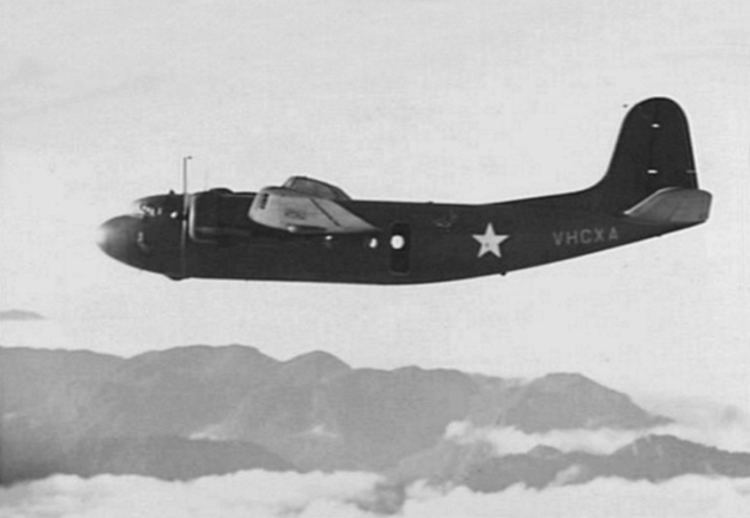 | ||
Douglas dc 5 airplane type
The Douglas DC-5, probably the least known of the famous DC airliner series, was a 16-to-22-seat, twin-engine propeller aircraft intended for shorter routes than the Douglas DC-3 or Douglas DC-4. However, by the time it entered commercial service in 1940, many airlines were canceling orders for aircraft. Consequently, only five civilian DC-5s were built. With the Douglas Aircraft Company already converting to World War II military production, the DC-5 was soon overtaken by world events, although a limited number of military variants were produced.
Contents
- Douglas dc 5 airplane type
- Design and development
- Operational history
- Variants
- Military operators
- Civil operators
- Specifications DC 5
- References
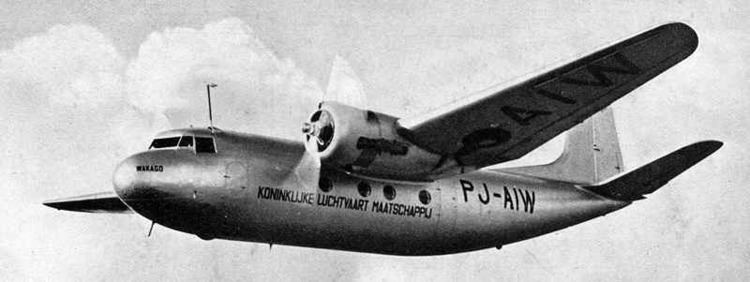
Design and development
The Douglas Commercial Model 5 was developed in 1938 as a 16-22 seat civilian airliner, designed to use either Pratt & Whitney R-1690 Hornet or Wright R-1820 Cyclone engines. It was the first airliner to combine shoulder wings and tricycle landing gear, a configuration that is still common in turboprop airliners and military transport aircraft. The tricycle landing gear was innovative for transport airplanes, it provided better ground handling, better ground visibility for the pilots. The fuselage was about two feet off of the ground so loading of passengers and cargo was easier than conventional geared aircraft. A very early change in design was altering the horizontal tail group to add a 15-degree dihedral to improve stability. Another significant modification was adding exhaust stacks to the engine nacelles, which was retroactively incorporated after the series entered production. An unusual "optical trick" was applied to the profile of the prototype. The top of the vertical stabilizer and outline of the engine nacelles were painted a darker color following the aircraft's contour, making the tail and engines appear somewhat smaller and the aircraft sleeker.
Prior to the US entry into World War II, one prototype and four production aircraft were built.
Operational history
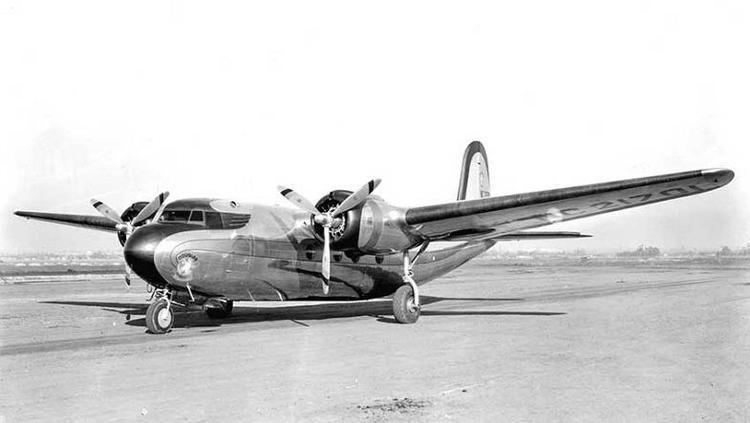
The prototype DC-5, Douglas serial 411, was built at El Segundo, California with Wright Cyclone 1,000 hp R-1820-44 engines. The aircraft made its first flight on February 20, 1939 with Carl A. Cover at the controls. This sole prototype (originally configured with just eight seats) became the personal aircraft of William Boeing which he named "Rover". It was later impressed into the US Navy and converted for military use as an R3D-3 variant in February 1942.
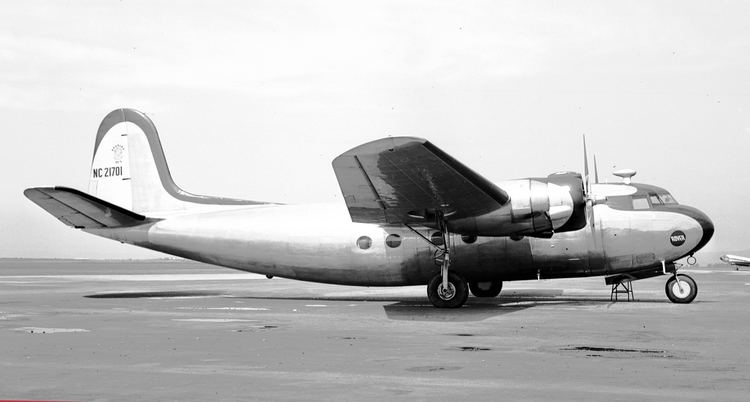
The first customer for the DC-5 was KLM (Koninklijke Luchtvaart Maatschappij) of The Netherlands. A US domestic carrier, Pennsylvania Central (later renamed Capital Airlines), ordered six and SCADTA, (Sociedad Colomba-Alemana de Transportes Aéreos), ancestor of today's Avianca in Colombia, another two. The four aircraft sold to KLM were used by their colonial subsidiaries. When Douglas factories went into war production, DC-5 production was curtailed to build additional SBD Dauntless dive bombers for the United States Navy and United States Marine Corps and only KLM received the high-winged airliner.
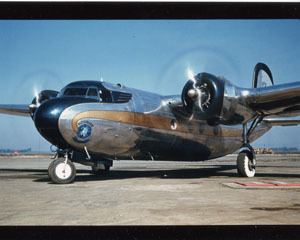
A dozen DC-5s were completed. The first two initially flew the Paramaribo-Curaçao route, and the other two operated from Batavia (now Jakarta, Indonesia). Three aircraft were used for the 1942 evacuation of civilians from Java to Australia, during which PK-ADA was damaged in an air strike by the Imperial Japanese Army Air Force at Batavia Kemajoran Airport on February 9, 1942 and it was abandoned. Japanese forces captured PK-ADA, subsequently repaired and tested it at Tachikawa Airfield and Haneda Airport during 1943. This DC-5, painted in camouflage with Japanese Imperial Army Air Force markings, was later used as a transport in the Japanese Home Islands.
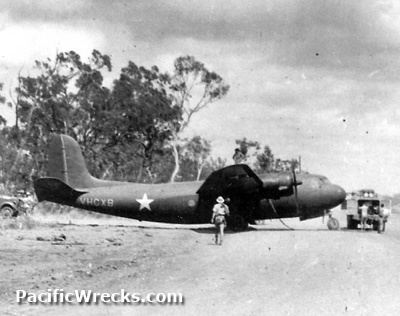
The three remaining aircraft, PK-ADB, PK-ADC and PK-ADD made their way safely to Australia where the aircraft were interned by the Allied Directorate of Air Transport and operated by the United States Army Air Forces as the C-110. The wartime history of PK-ADC was brief, because it was destroyed in a landing accident shortly after its arrival in Australia. PK-ADD flew for the balance of the war under the aegis of Australian National Airways, on support missions inside the country with the temporary license VH-CXC.
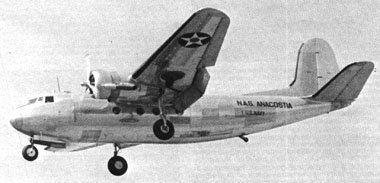
In 1939, the US Navy ordered seven aircraft. Three were delivered as R3D-1s, the first of which crashed before delivery. The remaining four were R3D-2s for the U.S. Marine Corps and were equipped with 1,015 HP R-1820-44 engines, a large cargo hold and 22 seats for paratroopers.
After World War II, production of the DC-5 was not resumed because of the abundance of surplus C-47 aircraft released into civil service. In 1948, the last surviving DC-5 (c/n 426) VH-ARD of Australian National Airways was sold and smuggled to Israel for military use. The aircraft arrived at Haifa in May 1948, and from there it went to Sde Dov, where its markings were removed and the name "Yankee Pasha - The Bagel Lancer" was crudely painted on the nose by hand. The aircraft joined 103 Squadron (Israel) at Ramat David Airbase. Because Israel was in the midst of the 1948 Arab-Israeli War, it was occasionally used as a bomber as well as flying transport missions. On bomber missions the aft loading door was removed and bombs were rolled out of the opening "by a judicious shove from a crewman's foot." The operational record of the aircraft is in dispute as authoritative sources do not verify its combat service.
When the war ended and 103 Squadron moved, the DC-5 was left behind at Ramat David. It eventually found its way to the Airline Technical School where it was used extensively as a ground instruction airframe at Haifa Airport. When it was no longer serviceable due to a lack of spares, the airframe was stripped of its engines and instruments and the last DC-5 was reduced to scrap in Israel sometime after 1955.
Variants
Military operators
Civil operators
Specifications (DC-5)
Data from McDonnell Aircraft since 1920
General characteristics
Performance
